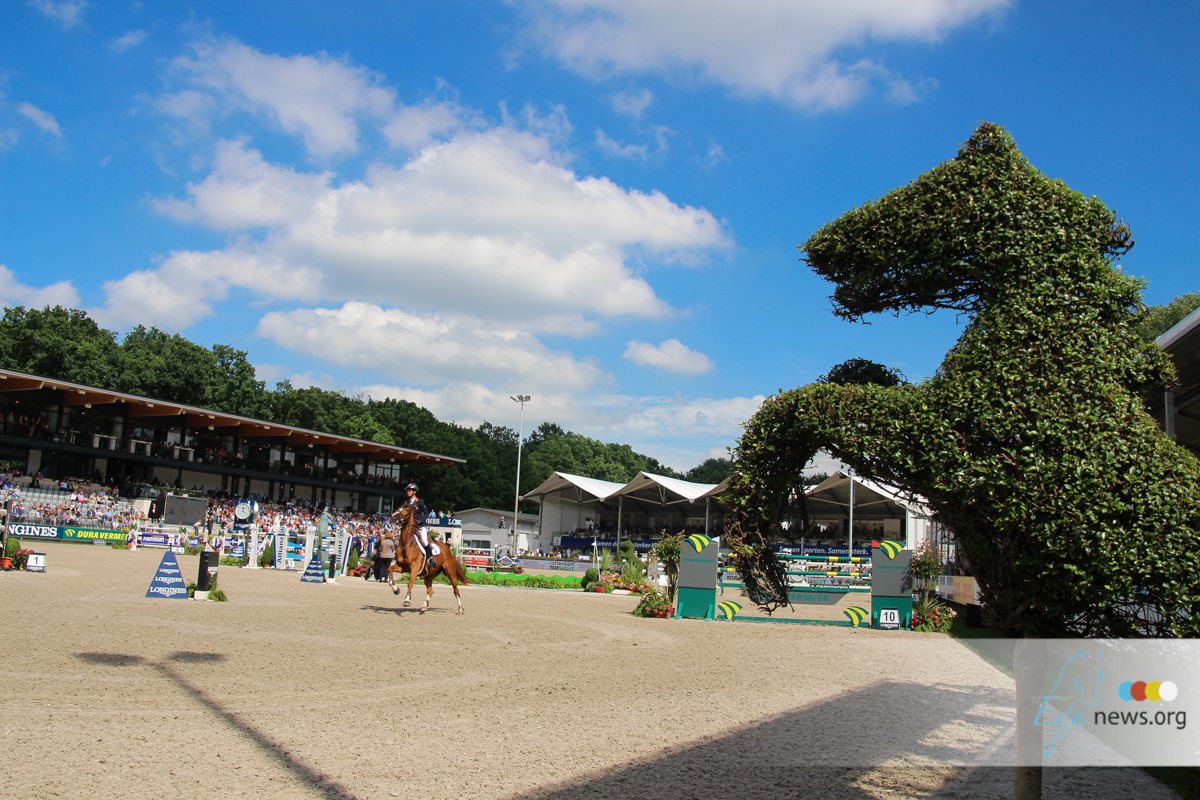Collection is the highest aim of horse’s training. Collection requires balance, energy, impulsion, skeletal smaturity, correct posture and well-conditioned muscles. It is the highest point of the training principles of rhythm, engagement, relaxation, contact, impulsion and straightness. It requires the horse to flex the joints, lower and take more weight on the hindquarters while at the same time shortening the frame and raising the forehand. This is a gradual process which takes times, patiente and many years of phisical conditioning and fitness. As both horse and rider constantly change, evolve, improve, learn and develop, it is a journey that never ends. Developing collection is progressive relative to age, stage, level of training and phisical strength. So, in order to improve performance reducing the risk of injury, it is essential to fully know, understand and apply the basic principles of anatomy of horses and the way they move their body. Achieving collection involves rounding the frame, developing impulsion, engaging the hindquarters, lightening the forehand and encouraging the horse to carry more weight behind. To do all this, the rider must have the best position in the saddle, develop a lightness of hand and minimise the leg contact and pressure. In a simple word, rider must have a good feeling with horse. It is important to know that the collection is the result of time, patience and many years of good fitness. By working on backing up, transitions, riding corners and counter –canter, the rider will be setting out on the road to true collection. The secret of the success in riding is to consolidate and enjoy each stage before moving on to the next.
The road to collection: "To reach the collection is a long journey that begins as soon as we start to handle a horse."
-
categories: BEWallonie

